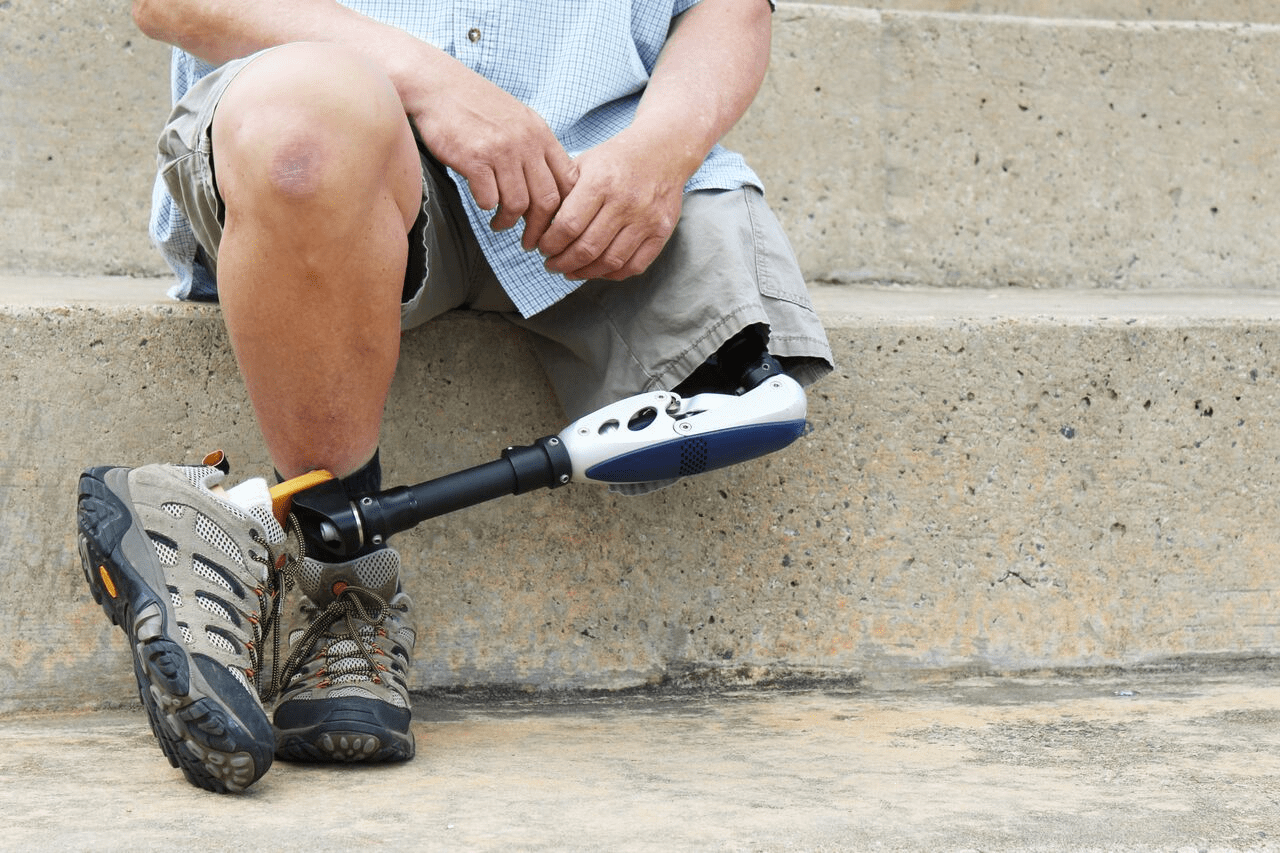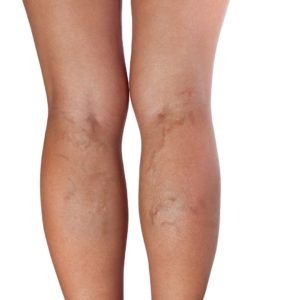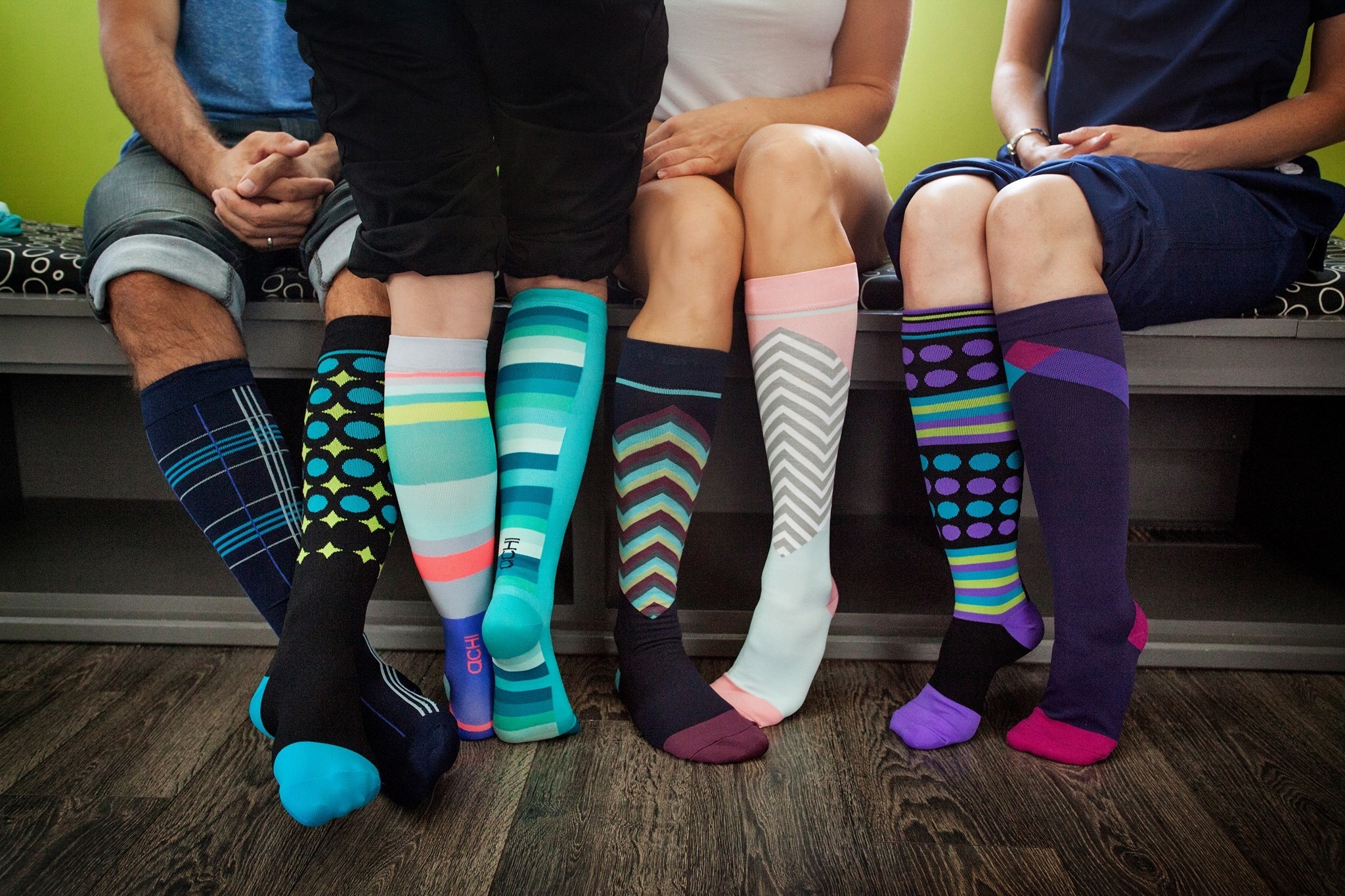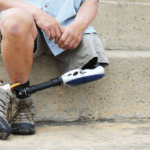AADL? What does that mean?
By Ryan Cochrane on December 17, 2020 in Health & Care, Health Treatments, Post Surgery
Alberta Aids for daily living
Many Albertans are not aware of the extra coverage that the Alberta government offers. We are very fortunate to have over and above funding for certain medical devices. One of the most common government bodies is Alberta Aids to Daily Living (AADL)
Alberta Aids to Daily Living, more commonly known as AADL, is used to help fund medical equipment and supplies to Albertans who qualify. This helps individuals live more independent lives. Listed below are 6 of the most common questions, I will try to answer about AADL:
1. Who is Eligible?
2. How to Use AADL Benefits?
3. What is Covered?
4. Cost Share
5. Approved Vendors
6. Forms
Who is Eligible?
- Must be an Alberta resident with a valid Alberta Health Care Number
- Must require assistance for 6 months or more with chronic, long-term, or terminal illness or disability
- You can not have comparable coverage through any other funder
HOW TO USE AADL BENEFITS?
- You must be seen by a health care professional and be provided with a prescription for the device
- The health care professional should give you three approved facilities to go to
- Choose which approved vendor you wish to use and make an appointment to be assessed for the device or benefit needed.
- The approved vendor will submit your claim directly and will only bill you for your patient portion if there is one.
What is covered?
COST SHARE
- AADL will cover 75% of device or supply
- Patients under the age of 65 years of age will cover 25% of the cost up to $500
- Patients who are receiving custom footwear are responsible for 25% of the cost no matter their age
- Patients with lower income can qualify for Cost-share Exemption
APPROVED VENDORS
- As stated above you must go to an approved vendor to be eligible for coverage.
FORMS
If you are uncertain whether you qualify, please take your health care card to an approved vendor and they can look it up in the AADL system. It’s always best practice to ask a lot of questions so that you can be certain you are receiving the best service possible.











Recent Comments